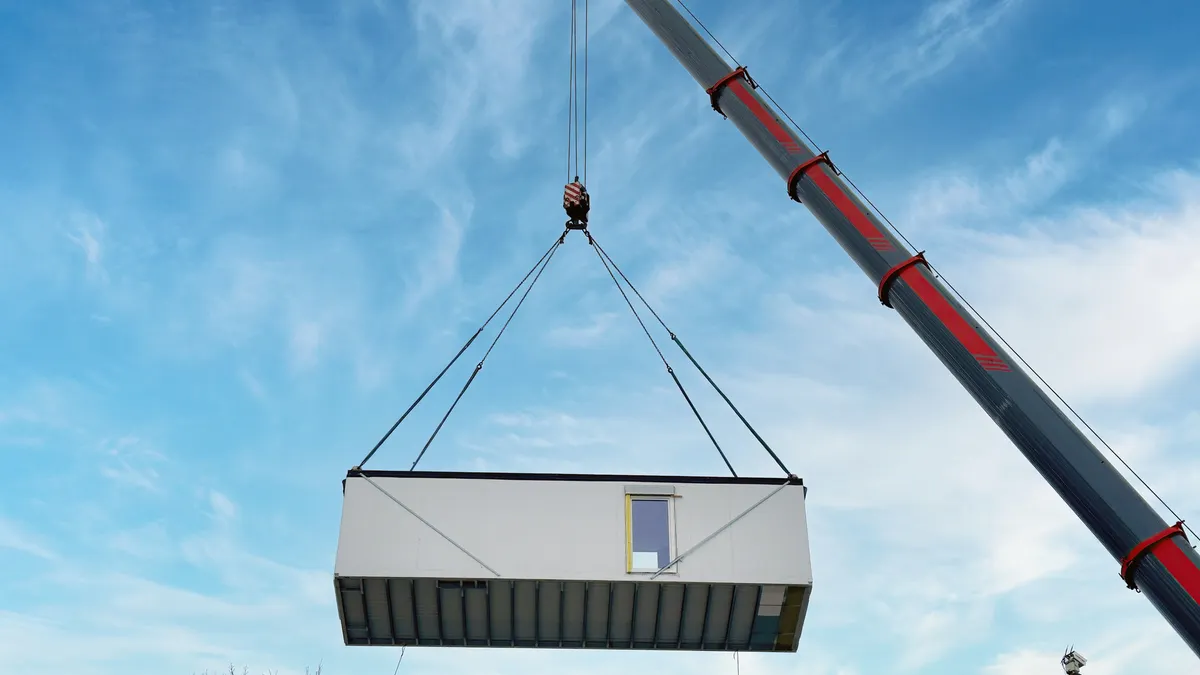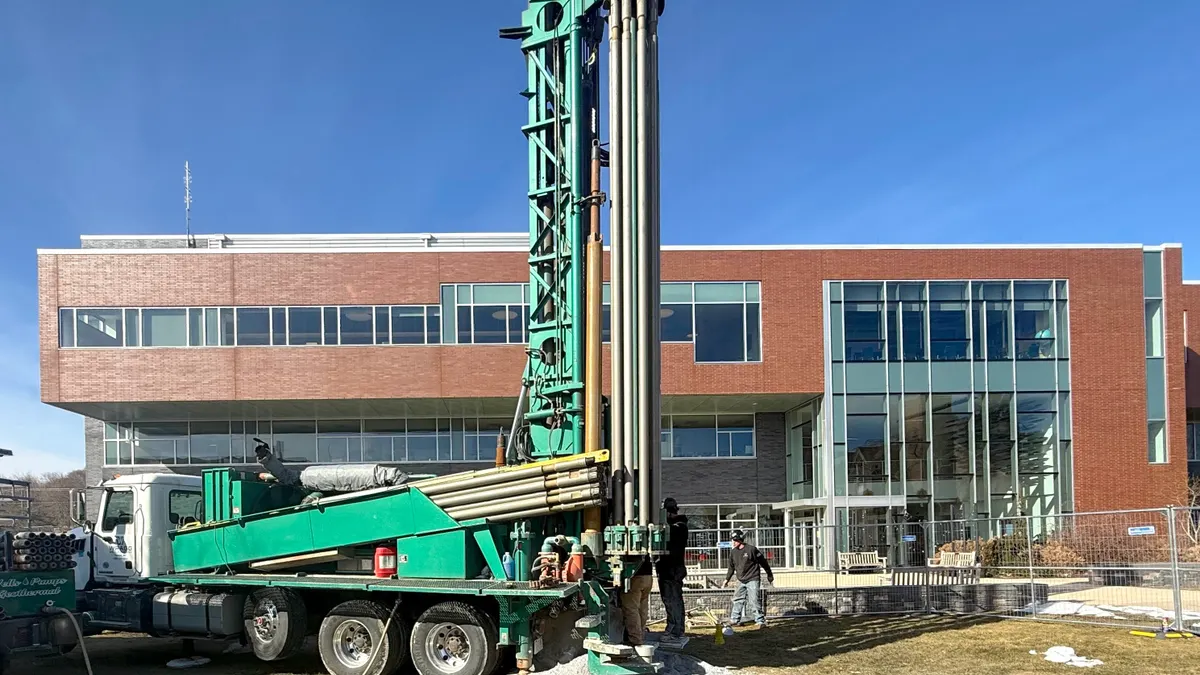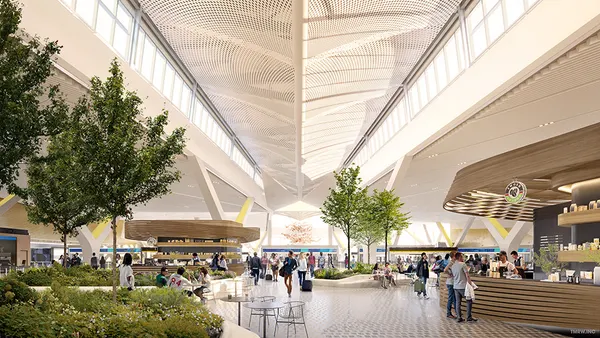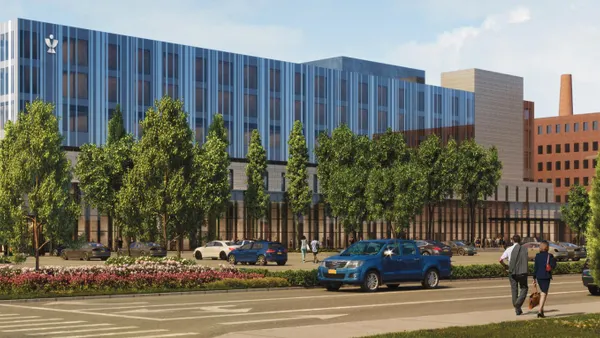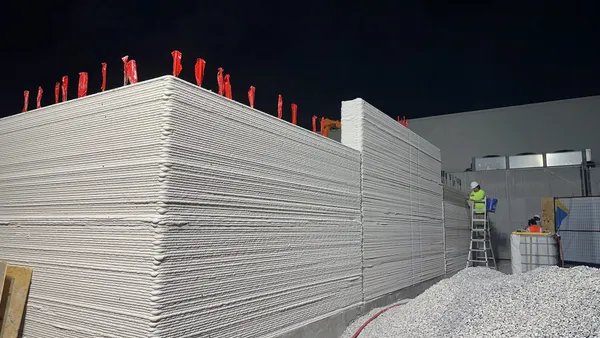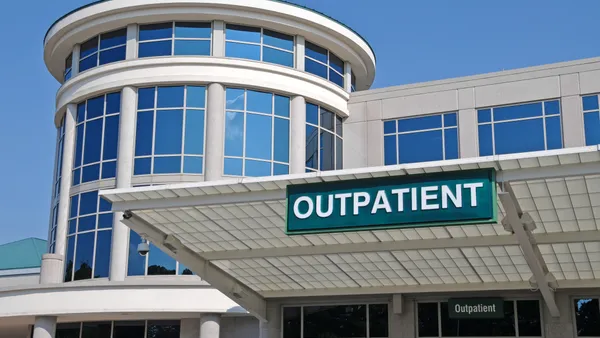Relocatable modular buildings, or RMBs, offer a quick, inexpensive and sustainable construction method for facility managers that is gaining recognition for its efficiency, especially in the aftermath of natural disasters.
RMBs are easily transported and assembled on site. That makes them an attractive option when space is needed quickly, says the Modular Building Institute.
Schools that need to add classrooms quickly, healthcare facilities that need to handle an influx of patients — as in the COVID-19 pandemic — emergency response agencies that need to set up shelter after a natural disaster and companies exploring oil, gas or mineral sources are examples of entities that use RMBs, MBI says in a 2025 report.
Public school districts in North America own and operate about 200,000 relocatable classrooms, and companies own or manage about 300,000 units, the report says. In 2024, organizations reported spending about $800 million on acquisition and refurbishment of RMB assets, according to the report.
The units can add value separate from their use as a quick fix to space needs, MBI says. Their standardization and factory-like quality control can lead to fewer problems once buildings are put into service, easing maintenance processes, contractors familiar with modular construction say. After use, they can be resold at appreciated value, MBI says. Rising costs of new construction helped to drive a 143% increase in resale values of RMBs for companies in 2024, the organization says.
“This trend highlights how unique this asset class is,” MBI says. “Rather than depreciating to a fraction of their original value, these modular units can appreciate in nominal terms due to external factors. Essentially, since the cost to build new keeps climbing, buyers are willing to pay a premium for used inventory — especially if units are in good condition.”
Growth constraints
The RMB industry is facing growing pains, however. On the manufacturing and logistics side of the industry, management issues are creating barriers, according to research published in the science research journal Automation in Construction.
Among other things, short-term relationships between contractors and subcontractors can cause information loss that can hinder tracking and management of modular units across their lifecycle, say researchers at Hanyang University’s Education Research Industry Cluster at Ansan in South Korea.
Moving, storing and reconfiguring units for different uses are other challenges, the Hanyang University research paper says.
RMBs are meant to be relocated frequently, but moving them requires comprehensive planning to ensure efficient scheduling and route optimization, otherwise units can deteriorate as they sit unused, the paper says.
“The absence of a centralized system to track the location, condition, and operational status of modules further complicates this challenge,” the Hanyang researchers say. “Without accurate logistical coordination and real-time tracking, modular units may become underutilized, misplaced, or suffer from delayed redeployment, impacting overall project efficiency.
And since relocatable buildings must meet location-specific requirements for wind, snow and seismic activity, “a structure designed for Florida’s wind zones, for example, may not be suitable for California’s seismic standards or New York’s snow loads,” MBI says.
Digital twin technology offers a solution, the research paper says. The technology, which works by creating a digital replica of unit lifecycles, offers a way to integrate building information modeling, internet of things data and geographic information to enhance management of RMBs. But the technology isn’t being widely used yet.
“Despite its growing application, the use of digital twin technology in the modular construction sector, especially in the management of relocatable buildings, remains underexploited,” the paper says.
As the industry works through its growing pains, RMBs could become a more widely used option among building operators for meeting their space needs.


